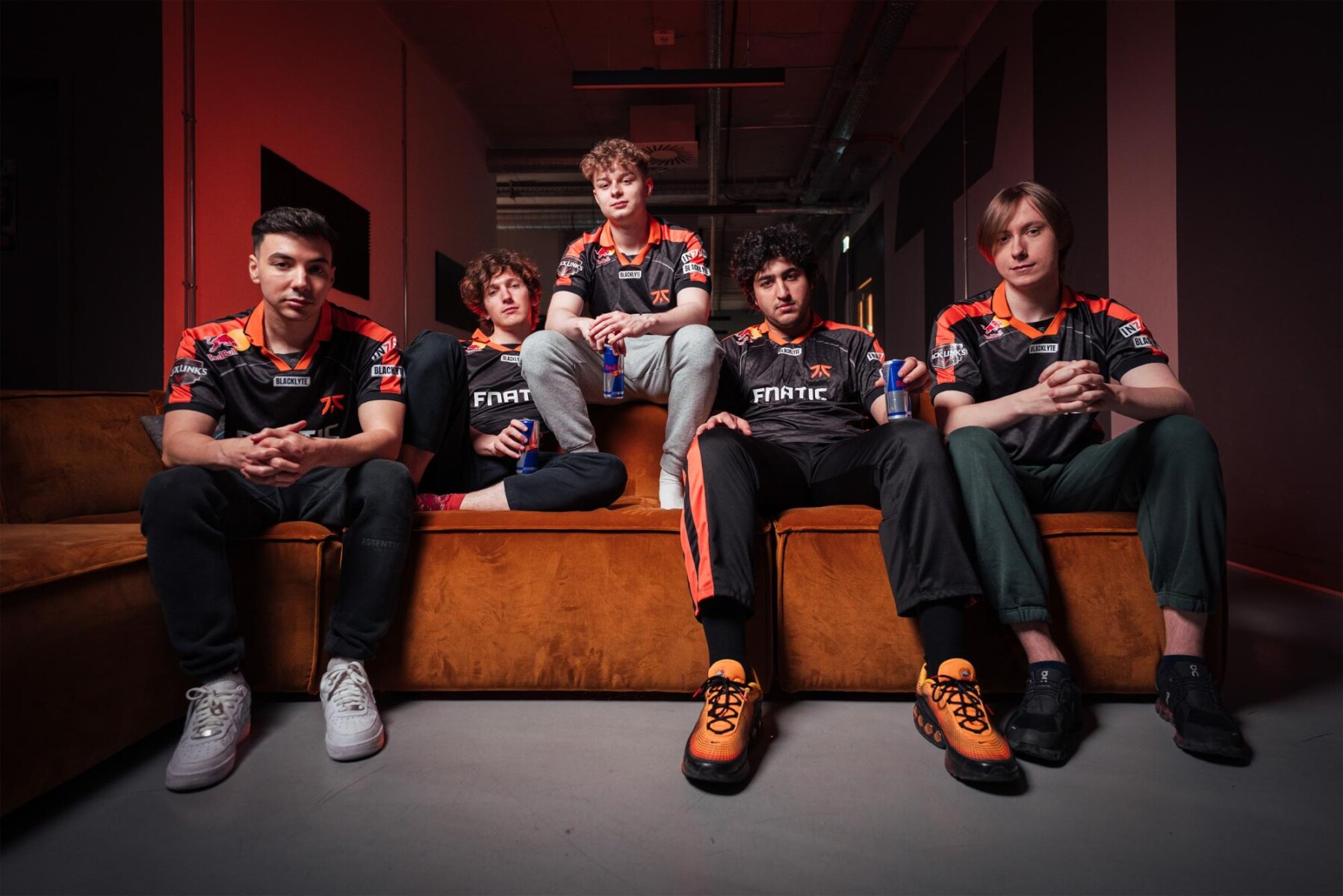Can Sound Save Electric Cars From Feeling Boring? BMW Thinks So
Electric cars might be fast, efficient and futuristic — but to many drivers, they still feel... empty. The silence that once symbolized progress now risks dulling the emotional experience behind the wheel. In response, a growing number of automakers are asking a new kind of question: What if sound could bring electric cars to life?BMW’s latest attempt to answer that is called HypersonX — a dynamic soundscape designed for its upcoming Neue Klasse models. And it might be one of the most ambitious EV sound design projects yet. The Sound of BMW’s Neue KlasseSet to debut in 2025, HypersonX features 43 custom-crafted audio signals that shift depending on how you drive. Developed by the BMW Group Sound Design Studio, it uses spatial modulation to make acceleration feel like you’re moving through layers of sound, not just space.“In both Personal and Sport Mode, the drive sounds focus on the essentials and are inspired by tones from nature and structures from art and science,” said Renzo Vitale, BMW’s Creative Director of Sound Design. Instead of trying to mimic gas engines, HypersonX aims to build a new kind of emotional connection through warmth, precision and restraint.There’s even a welcome chime composed of voices from BMW employees in their native languages, designed to introduce a touch of humanity and joy the moment you enter the cabin. The Race for Meaningful SoundGas-powered cars tell stories through sound — think Ferrari’s screaming V12, the howl of a Porsche flat-six, the low growl of a Dodge V8. These are more than noises, they’re feedback loops, branding tools and sources of joy. EVs, on the other hand, are often whisper-quiet; what they gain in refinement, they lose in personality. The risk? That drivers start to feel disconnected from the vehicles they once loved.BMW isn’t the only brand in pursuit of emotion. In 2022, it collaborated with Hans Zimmer to design custom EV tones. One year later, Mercedes-AMG launched its MBUX Sound Drive system in collaboration with will.i.am, blending tech, music and car culture into one experience. The system turns acceleration, braking and steering into real-time musical expression.“The future may be more quiet in terms of sounds from an engine,” will.i.am said, “but the AMG brand will always be everything but quiet in how it sees itself and its followers.” A longtime car enthusiast, builder and tech entrepreneur, will.i.am’s deeper collaboration with the brand includes two upcoming vehicle builds under the name will.i.AMG — further proof that sonic identity is becoming a part of product identity. Then there’s Dodge, whose Charger Daytona EV features a Fratzonic Chambered Exhaust — a 126-decibel artificial roar designed to make EV muscle cars feel as raw as their gas-powered ancestors. Similarly, Hyundai's Ioniq 5 N includes synthetic rev-matching and downshift pops. Another example can be seen from Nissan, which recently brought back its R32 GT-R as an EV concept, complete with synthesized engine audio modeled on the iconic RB26DETT. Across the board, brands are investing in sound not only as a result of legal compliance, but for identity, engagement and emotion.Designing a New Kind of SensoryBMW reportedly generated more than 9 million sound iterations before refining them into HypersonX’s final voice. That’s not just engineering — it’s curation. This new era of automotive sound isn’t about replicating the past. It’s about inventing something that resonates. Sound is no longer an engine byproduct — it’s a storytelling tool, a branding asset and a sensory bridge between people and machines.So, can sound save electric cars from feeling boring? BMW and the rest of the brands above certainly hope so, but only time will tell.Click here to view full gallery at Hypebeast


Electric cars might be fast, efficient and futuristic — but to many drivers, they still feel... empty. The silence that once symbolized progress now risks dulling the emotional experience behind the wheel. In response, a growing number of automakers are asking a new kind of question: What if sound could bring electric cars to life?
BMW’s latest attempt to answer that is called HypersonX — a dynamic soundscape designed for its upcoming Neue Klasse models. And it might be one of the most ambitious EV sound design projects yet.
The Sound of BMW’s Neue Klasse
Set to debut in 2025, HypersonX features 43 custom-crafted audio signals that shift depending on how you drive. Developed by the BMW Group Sound Design Studio, it uses spatial modulation to make acceleration feel like you’re moving through layers of sound, not just space.
“In both Personal and Sport Mode, the drive sounds focus on the essentials and are inspired by tones from nature and structures from art and science,” said Renzo Vitale, BMW’s Creative Director of Sound Design. Instead of trying to mimic gas engines, HypersonX aims to build a new kind of emotional connection through warmth, precision and restraint.
There’s even a welcome chime composed of voices from BMW employees in their native languages, designed to introduce a touch of humanity and joy the moment you enter the cabin.
The Race for Meaningful Sound
Gas-powered cars tell stories through sound — think Ferrari’s screaming V12, the howl of a Porsche flat-six, the low growl of a Dodge V8. These are more than noises, they’re feedback loops, branding tools and sources of joy. EVs, on the other hand, are often whisper-quiet; what they gain in refinement, they lose in personality. The risk? That drivers start to feel disconnected from the vehicles they once loved.
BMW isn’t the only brand in pursuit of emotion. In 2022, it collaborated with Hans Zimmer to design custom EV tones. One year later, Mercedes-AMG launched its MBUX Sound Drive system in collaboration with will.i.am, blending tech, music and car culture into one experience. The system turns acceleration, braking and steering into real-time musical expression.
“The future may be more quiet in terms of sounds from an engine,” will.i.am said, “but the AMG brand will always be everything but quiet in how it sees itself and its followers.” A longtime car enthusiast, builder and tech entrepreneur, will.i.am’s deeper collaboration with the brand includes two upcoming vehicle builds under the name will.i.AMG — further proof that sonic identity is becoming a part of product identity.
Then there’s Dodge, whose Charger Daytona EV features a Fratzonic Chambered Exhaust — a 126-decibel artificial roar designed to make EV muscle cars feel as raw as their gas-powered ancestors. Similarly, Hyundai's Ioniq 5 N includes synthetic rev-matching and downshift pops. Another example can be seen from Nissan, which recently brought back its R32 GT-R as an EV concept, complete with synthesized engine audio modeled on the iconic RB26DETT. Across the board, brands are investing in sound not only as a result of legal compliance, but for identity, engagement and emotion.
Designing a New Kind of Sensory
BMW reportedly generated more than 9 million sound iterations before refining them into HypersonX’s final voice. That’s not just engineering — it’s curation. This new era of automotive sound isn’t about replicating the past. It’s about inventing something that resonates. Sound is no longer an engine byproduct — it’s a storytelling tool, a branding asset and a sensory bridge between people and machines.
So, can sound save electric cars from feeling boring? BMW and the rest of the brands above certainly hope so, but only time will tell.




































































































































































































































































